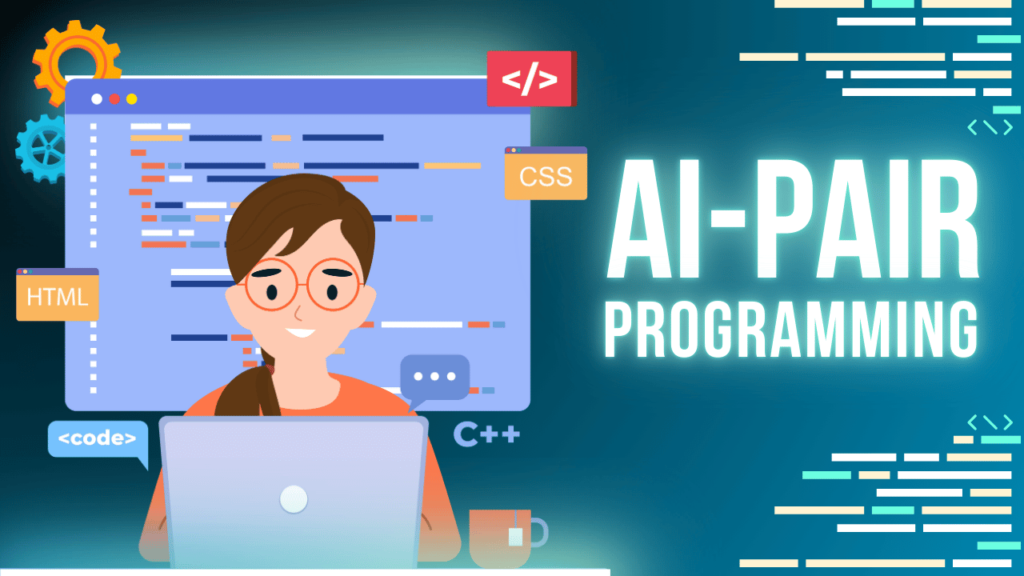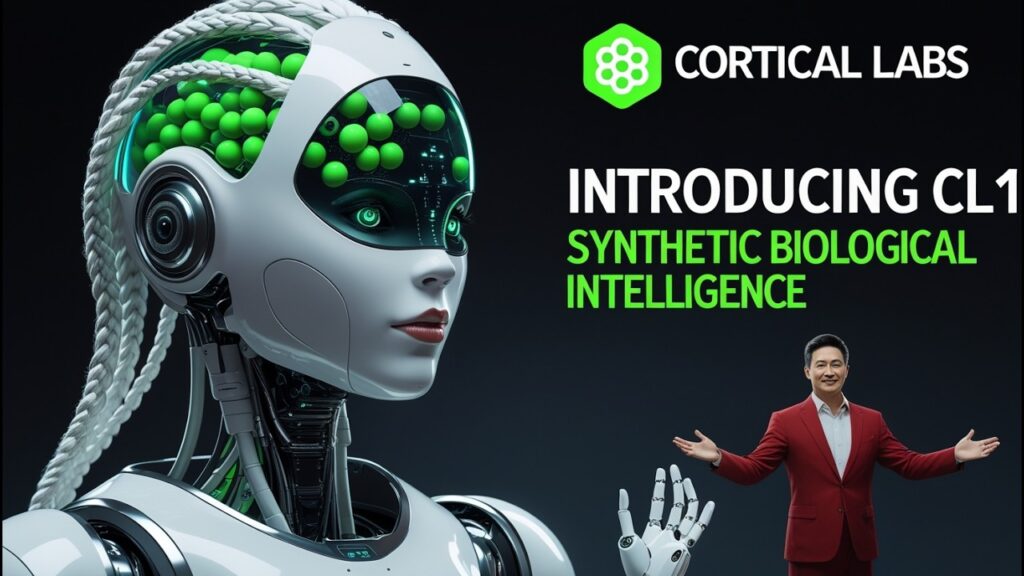Time to Read: 7 minutes
No-BS Meter: 9/10
Introduction
The landscape of software development has fundamentally shifted. While traditional pair programming involved two human developers collaborating on code, today’s reality includes an AI counterpart. Having spent the last two years working with AI coding assistants, I’ve developed a framework that maximizes their potential while avoiding common pitfalls.
Core Principles for Effective AI Pair Programming
1. Establish Clear Rules of Engagement
Think of your AI pair as a junior developer with exceptional recall but limited context. Establish boundaries by:
- Creating a project-specific prompt document outlining architecture, patterns, and constraints
- Being explicit about which parts of the codebase the AI should reference
- Setting expectations for test coverage and documentation standards
2. Build Context Deliberately
Unlike human pairs who absorb context through osmosis, AI requires explicit context-building:
- Share critical files at the beginning of each session
- Provide directory structures to establish relationships
- Summarize architectural decisions and constraints
- Update context when significant changes occur
The quality of code you receive is directly proportional to the quality of context you provide.
3. Work Iteratively in Small Chunks
Break work into manageable pieces:
- Generate skeleton code first, then fill in implementation details
- Focus on one function or class at a time
- Validate each piece before moving to the next
- Use intermediate testing to catch errors early
This prevents the compounding of subtle errors that can occur with large code generation tasks.
4. Implement Verification Checkpoints
Trust but verify:
- Ask the AI to explain its implementation choices
- Run generated code through your CI pipeline
- Have the AI generate tests for its own code
- Manually review critical security and performance aspects
5. Use AI to Explore Multiple Approaches
One unique advantage of AI pair programming is the ability to rapidly explore alternatives:
- Request multiple implementations of the same functionality
- Ask for comparisons between different approaches
- Use the AI to refactor existing code in different ways
- Generate pros/cons lists for architectural decisions
The Effective AI Pair Programming Loop
- Define the task with clear acceptance criteria
- Context – share relevant files and constraints
- Generate initial implementation
- Review for correctness and alignment with standards
- Test both automatically and manually
- Refine based on feedback
- Document decisions and implementation details
Anti-Patterns to Avoid
- Passive Acceptance: Blindly accepting generated code without review
- Context Overload: Dumping your entire codebase into the prompt
- Monolithic Requests: Asking for complete features in one generation
- Model Shopping: Constantly switching between AI tools for the “perfect” output
- Letting the AI Drive: Allowing it to dictate architecture or design decisions
When to Use (and Not Use) AI Pair Programming
Best For:
- Implementing well-defined features
- Converting between similar patterns or languages
- Generating test cases
- Exploring implementation options
- Working through complex algorithms
Approach with Caution:
- Security-critical components
- Performance-sensitive code
- Novel architectural patterns
- Highly domain-specific business logic
Tools and Setup
For maximum effectiveness:
- Create a knowledge base document for each project
- Build a custom prompt library for common tasks
- Establish a validation workflow for generated code
- Set up a sandbox environment for quick testing
Looking Forward
As AI models continue to evolve, they’ll become more capable of maintaing context between sessions, understanding project-specific patterns, and detecting potential issues before execution. However, the core principles outlined here will remain relevant regardless of model improvements.
What makes an effective programmer has already shifted from pure coding ability to effectively collaborating with AI tools. Those who master this relationship will find themselves enormously more productive than those who resist it.
Remember that AI pair programming doesn’t replace the need for human expertise—it amplifies it. Use these tools to elevate your thinking to focus on architecture, user experience, and business value rather than implementation details.
The developers who thrive will be those who see AI not as a replacement, but as a transformative collaborative tool that changes what’s possible within the constraints of time and resources.


